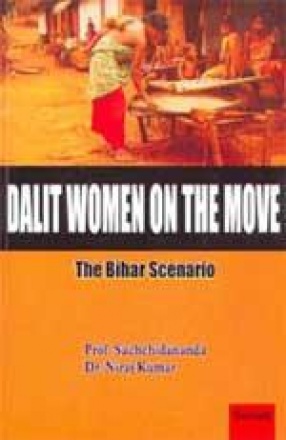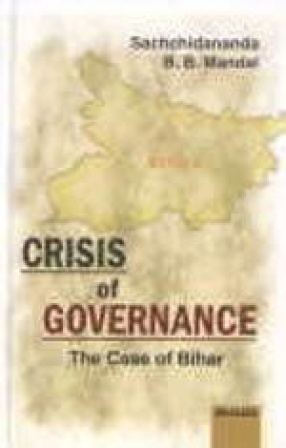
Showing all 7 books


Next to Africa, India has the largest tribal population (67.7 million) in the world. Indian tribes, spread over the length and breadth of the country, are concentrated in hilly and forest regions. The tribes of India differ considerably from one another in race, language culture and beliefs, and present a spectacle of striking diversity. It is this diversity marked by varied social characteristics and diverse cultural traditions and linguistic traits that lends ...

Scavengers in India constitute the lowest rung of Indian society. They are, infact, the people at the bottom. They are the real Antyaja as conceived by Mahatma Gandhi. Although the scavengers are with us from the beginning of civilisation, there are no detailed study of their living and working conditions, their troubles and tribulations, their hopes and frustrations. The cluster of castes engaged in this profession has been looking to the Indian civil society ...

A large section of the Indian population in middle India extending from Gujarat to West Bengal live in and around forests. People were used to living in peace interacting with the environment without creating any problems. From the mid 19th century, the State became another stakeholder in the forest. From time to time policies were made and legislation enacted to regulate the relationship between the local inhabitants, the forest and the government. The bulk of ...

The abolition of untouchability set in motion the most profound reordering of social relations in India. Both the state and the society in the country were keen to take effective steps for freeing one-seventh of the Indian population from its age – old shackles and to bring them in decades of independence all moves in this regard were subsumed under the term Social Welfare. Later they become part of the development process. In the nineties of the last century ...

From the early fifties there was a spurt of interest among social anthropologists, both Indian and foreign, in village studies, however, covered the tribal communities with this focus. This study seeks to fill this gap for the Chhotanagpur tribal area. It embraces in its wide sweep an extensive coverage of the tribal scene in Bihar. Taking villages predominantly inhabited by different tribes on various socio-economic levels, the author tries to set up the model ...

The Dalit have been trapped in poverty and deprivation for a long time. They are victims of destitution, deprivation and debt bondage. An economically backward society such as Bihar lacks all those dynamic qualities that support, sustain and speed up socio-economics growth. Removal of all the road blocks is a prerequisite for empowerment. The Dalit must get their due share in and access to societal resources.
Although the development process has made a ...

Good governance has recently escalated in the developing countries. In fact, there is a close relationship between governance and development. Governance is more difficult under conditions of low development. It comprises of mechanism, processes and institutions through which citizen and groups articulate their interests, exercise their legal rights, meet their legal obligations and mediate their differences. It is epitomized by predictable, open and enlightened ...
